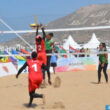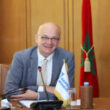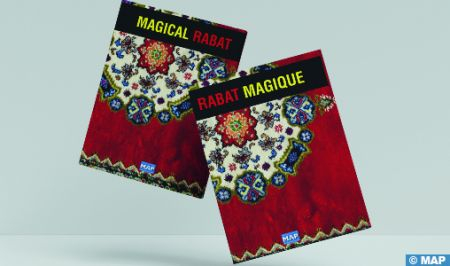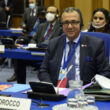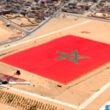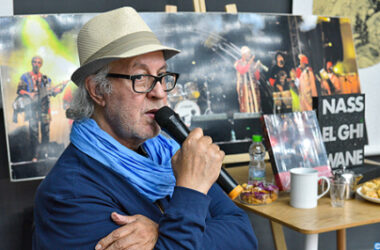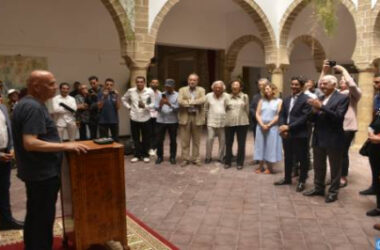This 180-page book highlights the rich heritage of the Kingdom’s capital and invites the reader to a journey through time and space where the history, architecture, cuisine and spirituality of the city are in the spotlight.
Published in French and English, “Magical Rabat” sheds light on the potential of Rabat at the tourist, cultural, economic and environmental levels, which, grouped together in a single collection, makes it possible to discover “The City of Light” in all its splendor.
Rabat, as described by MAP Director General, Khalil Hachimi Idrissi, in the presentation of “Magical Rabat” is “a cultural melting-pot that absorbed various affluents throughout history. In an almost geological process, strata accumulated, solidified, sedimented and gave birth to a unique identity.
In this presentation entitled “The Parable of the Storks”, Hachimi Idrissi notes that “the dimension of the city as a political capital of the country, the Royal Palace, the Mechouar and the neighboring Touarga quarter, the ‘Ahl Fez’ mosque with its centuries-old makhzanian character, bestow on the city a sort of patina that gives the whole population a certain urban ‘sacrality’ rendering profane all the other agglomerations of the country, except, naturally, for the imperial cities of the Cherifian Empire.”
The city is obviously winning its urban challenge, he said, adding “the cultural field, personally looked after by the Sovereign, is yet to be taken. Rabat will be the cultural capital without ado.”
“Foreign tourists, especially cultural tourism lovers, flock to Rabat in a growing number. It’s like the parable of the storks, wherever there are tourists, there is tolerance, living-together, joy of life and peace,” writes Hachimi Idrissi.
The series “Magical” of MAP aims to promote the cities of the Kingdom and through them the regions to which they belong, presenting their potential through a rich and varied rubric, which goes from history to technology, through culture, places and monuments, spirituality, sports, nature … etc..
In addition to rich and well-documented texts, these books will be, like the first issue “Magical Rabat”, illustrated with photos.
In addition to bookstores, “Les Magiques” are intended to furnish rooms and reception areas of hotels, travel agencies … etc., a contribution of MAP to the promotion of national tourism.
After “Magical Rabat”, other books will follow to highlight the assets of cities that have written glorious pages of the history of the Kingdom, such as Fez, Meknes, Casablanca, Tangier, Tetouan, Marrakech, Agadir, Laayoune, Dakhla, Oujda, etc.


